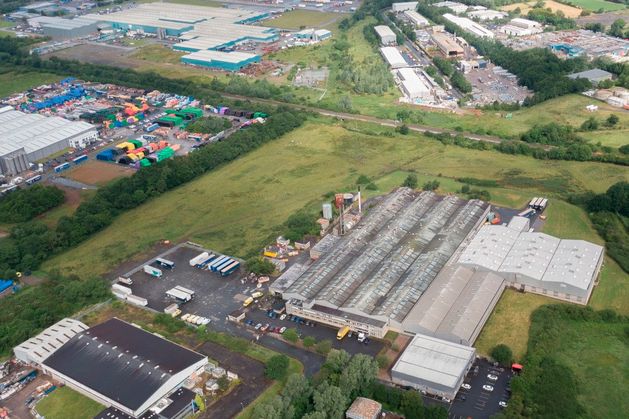Fashion
REVEALED: People in the Republic work longer hours compared to those in Northern Ireland

A recent report has unveiled striking differences in employment patterns between the Republic of Ireland and Northern Ireland.
The study, part of a collaboration between the Department of the Taoiseach’s Shared Island Unit and the Economic and Social Research Institute (ESRI), delves into various aspects of labor market dynamics, shedding light on disparities across the island.
It was found that individuals residing in the Republic of Ireland tend to work longer hours compared to their counterparts in Northern Ireland. The report highlights that 26% of men in the Republic reported working between 41 and 70 hours per usual week, contrasting with 17.6% in the North. Similarly, over one in 10 women in the Republic disclosed working more than 40 hours weekly, while the figure stood at 4.7% in Northern Ireland.
Research Professor, Helen Russell, spoke on RTÉ Radio 1 this Wednesday morning, saying: “We find that having young children reduces labour market participation for women in both Ireland and Northern Ireland. But for older women and women with older children, we find lower rates of participation in in both jurisdictions but this seems to operate as a stronger barrier in Northern Ireland.”
Education emerges as a significant factor contributing to employment discrepancies. The study underscores that “considerably lower” rates of educational qualifications in Northern Ireland are a key driver behind the region’s lower employment rates compared to the Republic.
For instance, while 44% of women in Ireland hold a third-level degree or higher, only 29% do so in Northern Ireland. This educational gap significantly influences labor market participation and hours of work, especially for women.
Moreover, the report highlights gender disparities in low-paid jobs across both regions. It notes that a quarter of women in the Republic and 21% in Northern Ireland are classified as low-paid, earning less than two-thirds of the median hourly pay.
Even after adjusting for factors like education and sector, women consistently face a higher likelihood of being low-paid compared to men in both jurisdictions.
The research also sheds light on the growing trend of working from home, particularly in the wake of the COVID-19 pandemic.
In 2022, 25% of individuals in the Republic of Ireland worked mainly from home, a significantly higher proportion than the 14% of women and 19% of men in Northern Ireland who did so.
It was also noted that in the north, older women are less likely to be part of the work workforce. On this point, Dr Russell said: “The working age population in the North are considerably lower. And also, they’re lower amongst older age groups. That’s a feature in both, so that sort of disadvantage faces older women.
“Also, there’s much higher levels of inability to work due to illness or disability amongst the older population in Northern Ireland, so that’s a factor too.”
ADVERTISEMENT – CONTINUE READING BELOW
ADVERTISEMENT – CONTINUE READING BELOW
ADVERTISEMENT – CONTINUE READING BELOW
ADVERTISEMENT – CONTINUE READING BELOW
ADVERTISEMENT – CONTINUE READING BELOW
ADVERTISEMENT – CONTINUE READING BELOW
ADVERTISEMENT – CONTINUE READING BELOW
ADVERTISEMENT – CONTINUE READING BELOW
ADVERTISEMENT – CONTINUE READING BELOW









